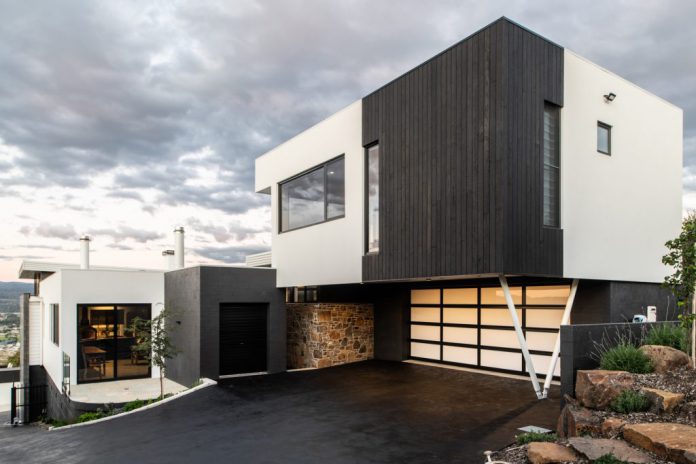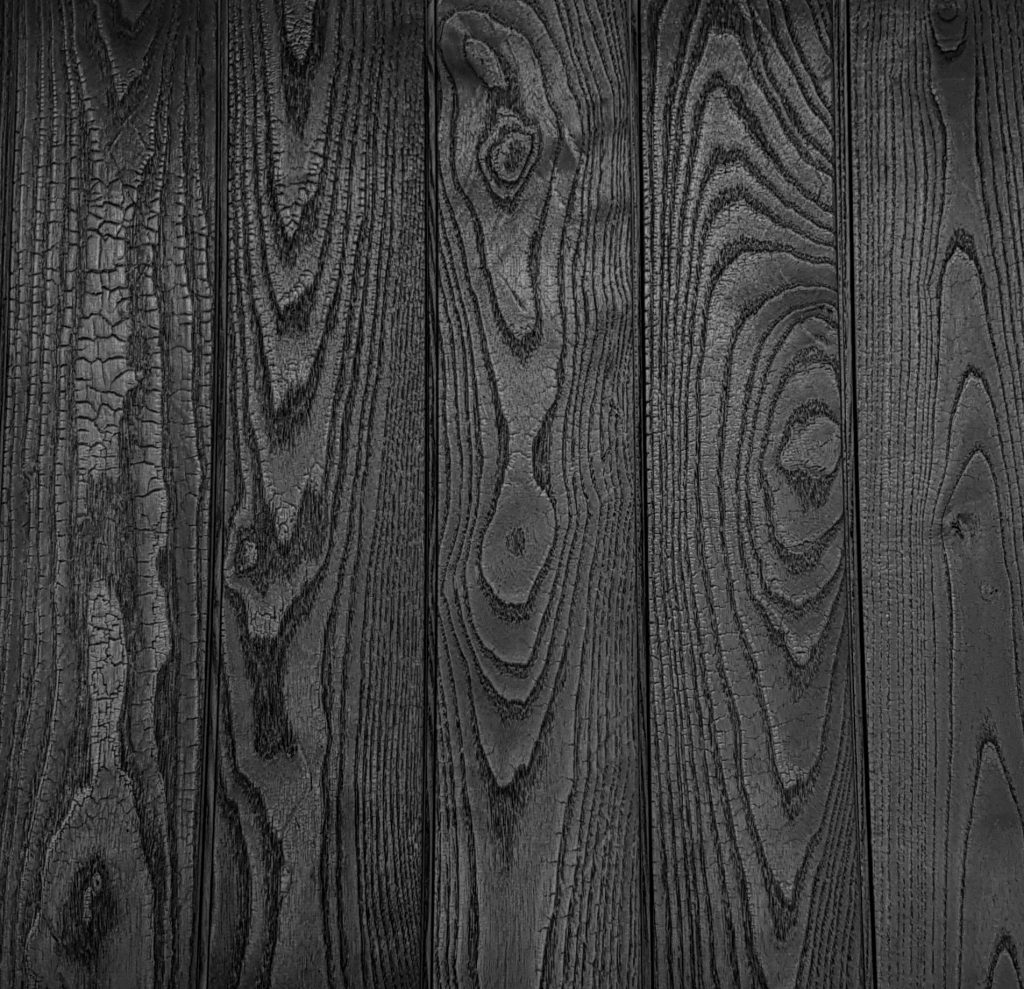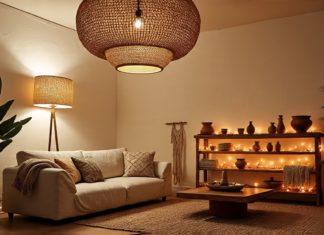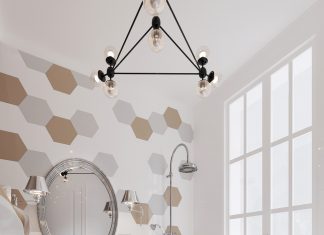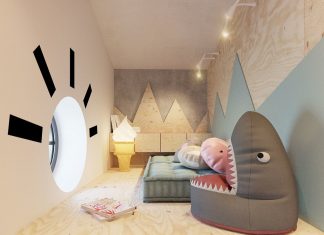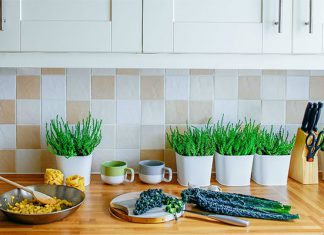Shou Sugi Ban is a traditional Japanese method of charring wood with fire to increase its longevity. The striking black cladding is becoming a popular choice for residential and commercial buildings in Australia. Compared to more traditional oiled timber choices, how does Shou Sugi Ban durability stack up?
How long does Shou Sugi Ban last?
Professionally manufactured Shou Sugi Ban is highly durable and tends to last longer than traditional oiled timber cladding. The black carbon layer on Shou Sugi Ban cladding is thicker than typical oils and coatings, preserving the timber for longer.
Shou Sugi Ban requires minimal maintenance to upkeep and can go as long as 2-4 years before recoating with oil. The exact lifespan of Shou Sugi Ban cladding depends on a number of factors such as:
- the species of timber chosen
- the quality and consistency of the charring
- the level of exposure to harsh weather elements
What makes Shou Sugi Ban so durable?
In 18th Century Japan, the Shou Sugi Ban process was invented as a sustainable way to preserve wooden structures. Although it might seem strange, charring timber with fire can actually make it stronger and more durable.
The fire draws out moisture from the timber and the black carbon layer that’s left behind prevents moisture from entering the wood. It also repels ants, slugs, and other creatures which may damage the wood.
Modern Shou Sugi Ban cladding is coated with oil to enhance its appearance and durability. Even when exposed to harsh elements such as UV rays, rain, and salt, charred timber cladding performs well.
What are the best timber species for Shou Sugi Ban?
Shou Sugi Ban was traditionally done with Japanese Cedar. These days many different hardwoods can be used with good results. Selecting a timber species that is compatible with Shou Sugi Ban methods is essential if you want to achieve a high level of durability.
Timber species char differently depending on how dense they are. Harder timbers such as Spotted Gum take longer to char and burning them for too long will cause the timber to warp out of shape. The result is a thinner charcoal layer and therefore a shorter lifespan.
Soft timbers such as Burnt Ash are much faster to char. These timbers have a thicker char layer and tend to be more durable. However, if the timber is too soft the charring will be too quick, the timber will become brittle and the charred layer will break off easily. This is the case with species such as pine and cedar.
Manufacturing Shou Sugi Ban is a delicate balance between creating a thicker charred layer and not over-charring which causes the wood to split.
Does Shou Sugi Ban need maintenance?
Any timber cladding that is exposed to UV rays will require maintenance to preserve its appearance and structural integrity. Shou Sugi Ban cladding tends to require maintenance less often, depending on the species used and the thickness of the charred layer.
A new coat of oil should be applied every 2-4 years, depending on the timber species. Stable, medium-density woods such as Burnt Ash are more durable and should be recoated every 3-4 years. High-density woods with a thinner charred layer such as Spotted Gum should be recoated every 2 years.
If you’re planning a project where timber durability is an important factor, consider using high-quality Shou Sugi Ban cladding.
